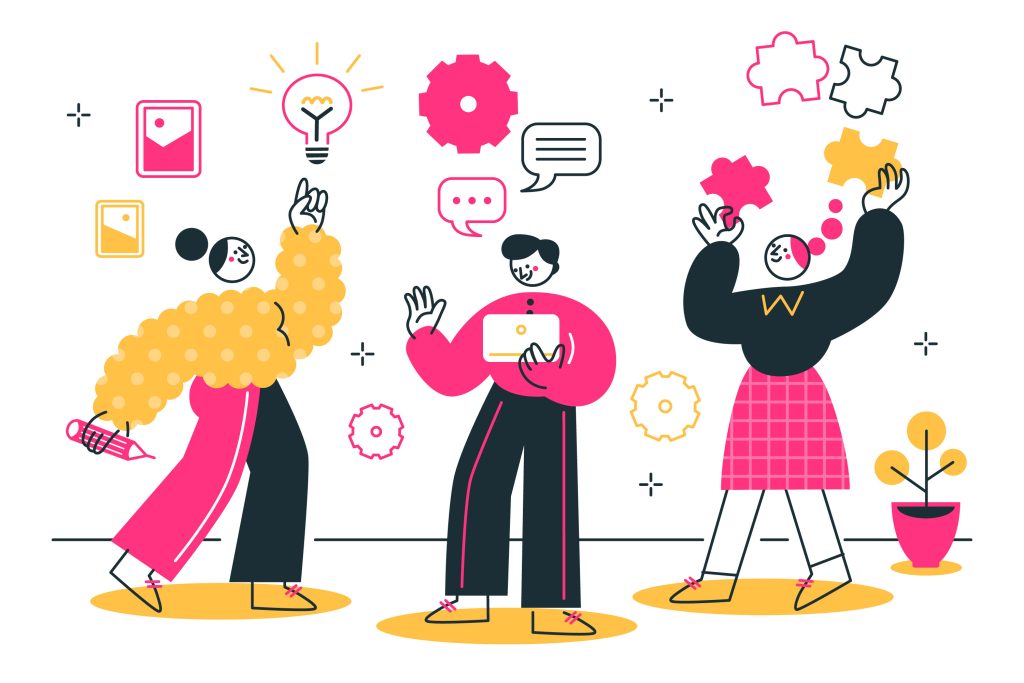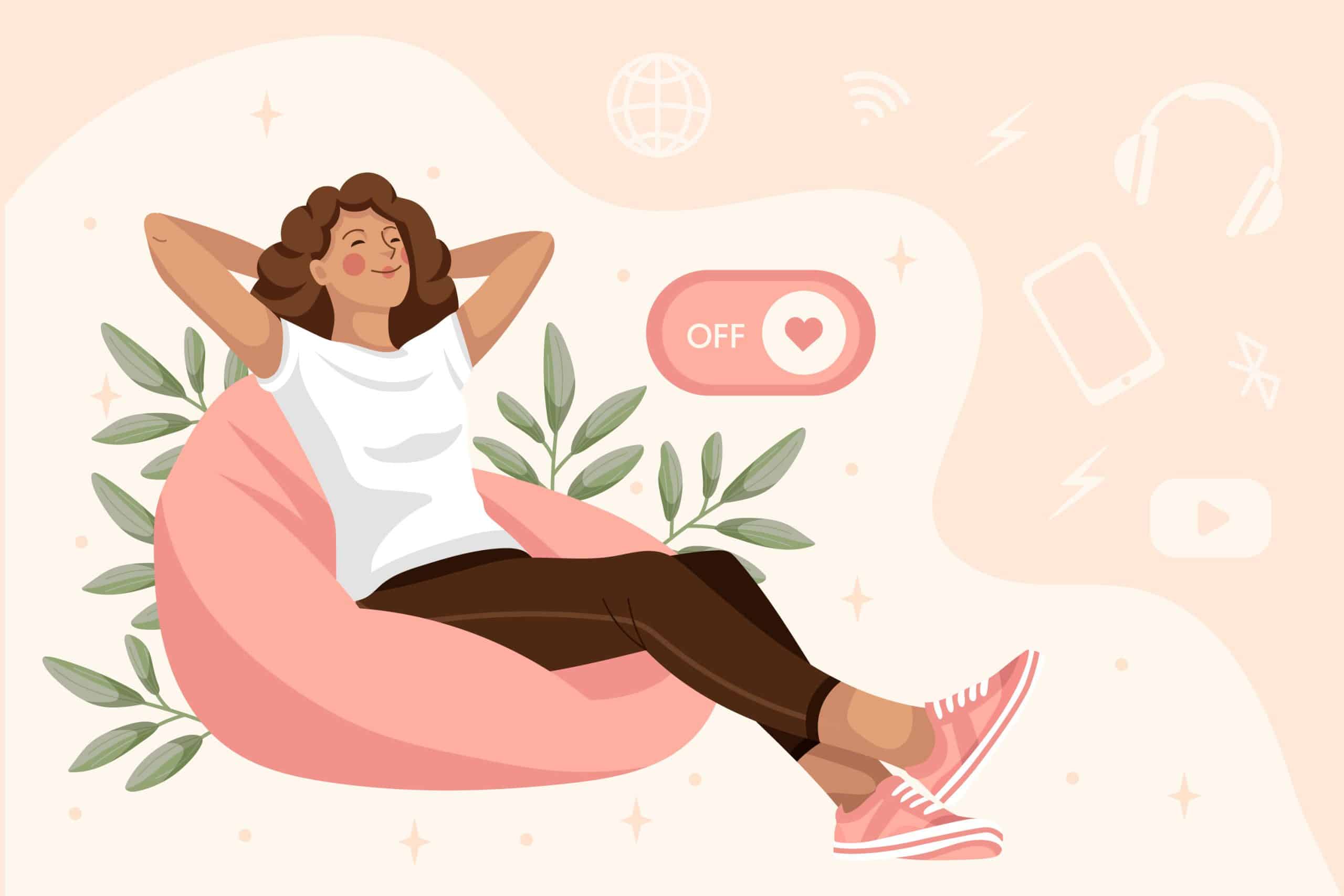Creative problem solving with constraints is becoming an essential strategy in today’s fast-paced, resource-limited world. Whether you’re building a product with a tight budget, designing for mobile-first users, or working against strict timelines, constraints aren’t just barriers—they’re tools for innovation. Across industries, leaders are discovering that limitations can sharpen focus, fuel better ideas, and lead to more meaningful solutions.

Why Constraints Spark Innovation
1. The Science Behind It
- A 2018 meta‑analysis of 145 studies found that constraints (on time, resources, goals) often improve creative output, sharpening focus and pushing solutions beyond the obvious.
- Psychologists in the Journal of Personality and Social Psychology observed that mental constraints prompt people to think more globally, finding unexpected connections .
2. From Pixels to Products
Low-tech constraints often drive breakthrough outcomes. For instance, early pixel-art games led to unique aesthetics that still inspire modern design. Today, SaaS startups launched with minimal budgets are often praised for their purity and focus—highlighting how limitations can shape clarity.
Emerging Trend: AI + Constraints = Next-Level Ideation
Generative AI tools are evolving to support constraint-driven design rather than undermine it.
- A January 2025 study introduced UIDEC, a GenAI-powered tool that helps UI/UX designers ideate within specified constraints (branding, audience, industry)—boosting inspiration without overwhelming users.
- The rise of prompt-engineering frameworks that ask LLMs to respect limits (e.g., “generate three mobile UI ideas under 200 pixels width”) shows how constraints can guide AI toward better, purposeful outputs rather than fluff.
Practical Guide: Implementing Constraint-Driven Creativity
Here’s a tactical framework to help you turn constraints into innovation drivers:
Step 1: Identify Your Constraints
Pin down limits in:
- Time: deadlines, sprint length, product launch timelines
- Budget: spending caps, cost-per-customer, ROI thresholds
- Resources: team size, tool availability, headcount
- Scope: defined features, user groups, compliance/regulatory rules
Awareness is half the battle.
Step 2: Clarify the Problem
Define the problem statement and success metrics. A clear “we need a chatbot that answers FAQs in under 5 seconds with 95% accuracy and within our $5k budget” can help guide ideation.
Step 3: Apply Constraints & Role-Play
Use one constraint at a time to spark creative exercises:
- Time-boxing – Create a prototype in just two hours.
- Budget cap – How do you build it with $500?
- Tool restriction – Design using only HTML and CSS.
- Scope limit – Focus on non-paying users only.
Step 4: Ideate Rapidly Inside Constraints
Use workshops, hackathons, or micro-sprints:
- Host a hackathon where teams solve a problem in 24 hours under a fake “apocalypse” budget.
- Conduct constraint-driven workshops, with rotating constraints (time, tools, budget) to see how ideas evolve .
Step 5: Refine & Iterate
Once ideas emerge:
- Stress-test them against original constraints.
- Iterate in quick cycles (MVP → feedback → tweak).
- Reflect after each sprint: what helped? what hindered?
Real-World Cases: Constraint-Driven Wins
Case 1: Mobile-first Telco Testing
A telco in Asia forced developers to build apps that worked on feature phones only. This constraint led to ultra-light, focused UX that later shaped their smartphone apps.
Case 2: Mondrian-Inspired UI
Designers working under a monochromatic or limited-palette constraint created bold, minimalist dashboards that stood out—and saved on development time and costs .
Case 3: GenAI-Assisted UI Ideation (UIDEC)
The 2025 UIDEC platform guides designers through constraints like brand voice or layout type. Early adopters say it enhanced creativity and reduced decision fatigue.
Why This Trend Matters Now
- Economic pressure: With inflation and slowing markets, many teams operate with leaner budgets .
- Tech fatigue: Fewer tools can lead to sharper decisions—being forced to work with fewer assets often breeds innovation.
- AI fatigue: With content overload, users appreciate concise, focused outputs, not endless options. Controlled AI prompts under constraints are gaining traction .
Tips & Best Practices
| Tactic | Why It Works | How to Apply |
|---|---|---|
| Limit Variation | Too many constraints stifle adaptability | Start with one constraint (e.g., fixed time or budget) |
| Rotate Constraints | Fresh limits spark different perspectives | Week 1: time, Week 2: tools, Week 3: scope |
| Encourage Play | Playfulness lowers risk, boosts experimentation | Use improv games, “yes-and” brainstorming |
| Capture Learnings | Cumulative insights improve future cycles | Keep a lessons-learned document per sprint |
| Use Tools Mindfully | AI can support constraint adherence | LLM prompts that enforce word count, tone, or formats |
Common Pitfalls & How to Avoid Them
- Too many constraints, too soon: Teams freeze. Start with a single, driving limit.
- No reflection loop: Without review, constraints feel punitive. Embed retros every sprint.
- False constraints: Limits without purpose kill motivation. Make them meaningful and mission-aligned.
Future Trends: Constraint + AI = Creative Synergy
We’re entering a future where AI augments rather than automates creativity within boundaries:
- AI prompting frameworks (like UIDEC) already guide constraint-aware ideation.
- Hybrid teams using AI for concept generation and humans for constraint-guided refinement.
- Educators formalize training on “idea within limits” to compete with unbounded generative models.
Conclusion
Constraint-driven creativity for problem solving is more than a trend—it’s a strategic approach shaping how we design products, build teams, and solve global challenges. Limitations can sharpen focus, ignite ingenuity, and produce results that matter.
You don’t need a million-dollar budget or infinite time—just a clear constraint, a curious mind, and a collaborative spirit. Try it—your next breakthrough might be hiding inside your limitations.
References
- Maura Charles, “Power in Your Problems: How Constraints Inspire Creativity & Drive Innovation,” Medium, 2021. jeffgothelf.com+7mauracharles.medium.com+7linkedin.com+7thoughtlab.comresearchgate.net+3uxmag.com+38allocate.com+3en.wikipedia.orgtime.comarxiv.org
- Why Constraints Are Good for Innovation, Harvard Business Review, 2019. fourandoneconsulting.com+9hbr.org+9mauracharles.medium.com+9
- Janina Marguc et al., “Need to Create? Get a Constraint,” Wired, 2011. wired.com
- Ian Batterbee, “When constraints sparked creativity,” UX Collective, April 2025. uxdesign.cc
- Atefeh Shokrizadeh et al., “Dancing With Chains: Ideating Under Constraints With UIDEC in UI/UX Design,” January 2025. arxiv.org
- Jeff Gothelf, “Constraints are the hidden source of innovation,” 2020. jeffgothelf.com
- CIO Pulse survey cited in “Innovation with Constraints: A Guide for Tech Leaders,” 8allocate, April 2024. 8allocate.com






